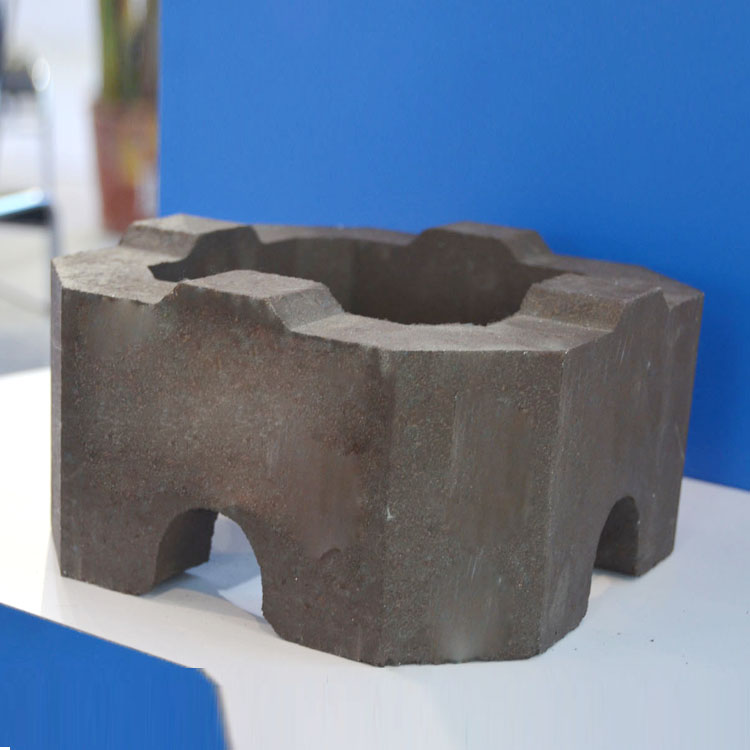
In the high-temperature industrial landscape, finding the right refractory material is crucial for ensuring smooth operations, safety, and long-term cost - effectiveness. Fused magnesia bricks stand out as a top - tier option, and missing them means missing out on a reliable solution that can transform your high - temperature production processes.
Fused magnesia bricks are primarily made from fused magnesium, which endows them with a set of exceptional properties. Firstly, they have excellent resistance to alkaline slag. In high - temperature industrial environments where alkaline slag is prevalent, such as in some steelmaking processes, fused magnesia bricks can withstand the corrosive action of alkaline substances. Studies have shown that in a typical steelmaking furnace, fused magnesia bricks can last up to 20% longer than some other common refractory materials when exposed to alkaline slag.
Secondly, these bricks possess high refractoriness. They can maintain their structural integrity at extremely high temperatures, often up to 2800°C. This high refractoriness makes them suitable for use in the most demanding high - temperature applications.
Moreover, fused magnesia bricks have good thermal stability. They can resist rapid temperature changes without significant damage. Their thermal expansion coefficient is relatively low, around 10×10⁻⁶/°C, which allows them to adapt well to the thermal cycling in high - temperature furnaces. Additionally, they have high compressive and flexural strength, good wear resistance, and strong thermal shock and spalling resistance, making them a durable choice for high - temperature industrial use.

Let's take a look at some real - world applications. In the steel industry, fused magnesia bricks are widely used in basic oxygen furnaces (BOFs). The high resistance to alkaline slag and high refractoriness of these bricks help to line the furnace walls, protecting the furnace structure from the high - temperature molten steel and slag. In a large - scale steel plant, by using fused magnesia bricks, the frequency of furnace repairs can be reduced by up to 30%, which significantly improves production efficiency and reduces maintenance costs.
In the cement industry, they are used in rotary kilns. The thermal stability and wear resistance of fused magnesia bricks ensure that they can withstand the long - term high - temperature and abrasive environment inside the kiln, maintaining the normal operation of the cement production process.
When compared with other refractory materials, such as ordinary magnesia - chrome bricks and AZS cross - checkered bricks, fused magnesia bricks have several advantages. For example, compared with ordinary magnesia - chrome bricks, fused magnesia bricks have better resistance to alkaline slag and higher refractoriness. In a comparative test, the corrosion rate of fused magnesia bricks in an alkaline environment was 40% lower than that of ordinary magnesia - chrome bricks.
Compared with AZS cross - checkered bricks, fused magnesia bricks have better thermal shock resistance. AZS cross - checkered bricks may crack under rapid temperature changes, while fused magnesia bricks can maintain their integrity, reducing the risk of furnace failure.
.jpg)
.jpg)
In conclusion, fused magnesia bricks are a reliable and efficient choice for high - temperature industrial refractory materials. Their unique properties, wide range of applications, and advantages over other refractory materials make them an ideal option for building a strong defense in high - temperature industrial settings. They can provide solid support for your enterprise's high - temperature production, helping you achieve safe production and sustainable development.
Don't miss out on this opportunity to enhance your high - temperature operations. Choose fused magnesia bricks and take your high - temperature industrial production to the next level!


